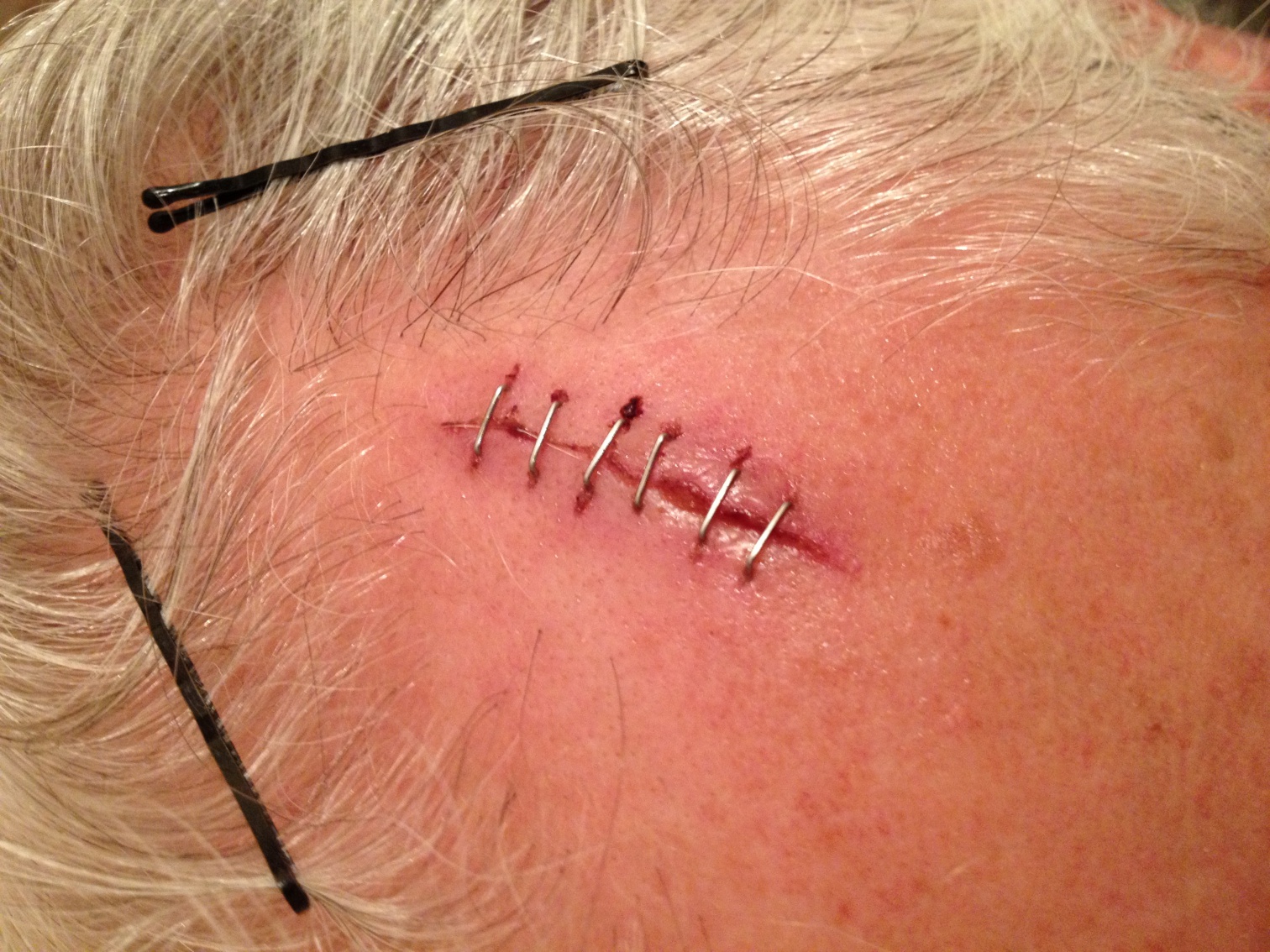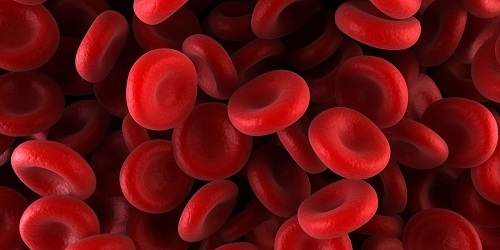
Surgeons have been using sutures and staples for decades to close wounds or surgical incisions. But applying them does not come without some drawbacks. While suturing can be time-consuming and can lead to extended and costly
procedures, staples are limited to use during open procedures and can lead to infection.
But now researchers at Harvard Medical School have turned to nature in hopes for a better solution. Inspired by the Dusky Arion slug’s elastic defensive slime, the research team created an adhesive material that mediates strong interfacial contact and can stretch without breaking.

The slime, a mucus-based multi-component glue that makes the slug bond to surfaces and difficult to remove, is 97 per cent water and contains two intertwined polymers with a net negative charge and positively charged proteins.
Using the slime as a model, the team created a dissipative hydrogel with both ionically and covalently cross-linked polymers with a net negative charge and a bridging polymer that contained coupling reagents with a net positive charge.
This new adhesive conforms and adheres strongly to the skin, cartilage, and arteries; closes holes in heart tissue; and stops bleeding from lesioned liver tissue.

Be a part of Elets Collaborative Initiatives. Join Us for Upcoming Events and explore business opportunities. Like us on Facebook , connect with us on LinkedIn and follow us on Twitter , Instagram.












